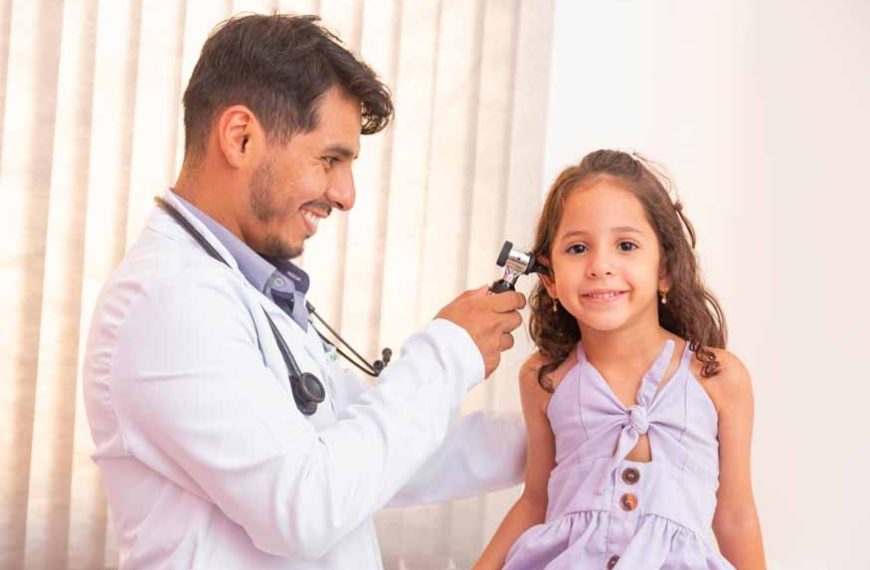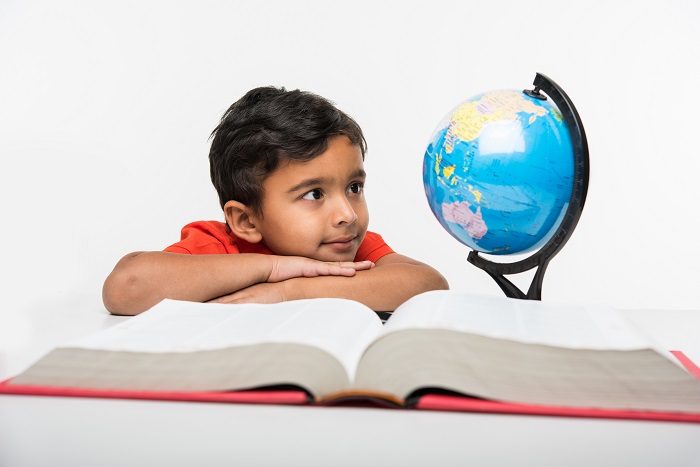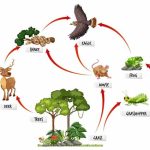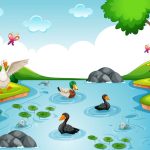One of the main priorities of every parent or caregiver is the health of their little ones. This includes both physical as well as mental well-being. We often get so carried away thinking of what major health issues could arise that we overlook smaller, fatal issues. Did you know that one of the least discussed problems among parents regarding their children is ear health? Ear health is a topic that many rarely speak about. One of the major reasons for it being less discussed is that many are unaware of what ear health is. In layman’s terms, ear health is always associated with just ear wax. However, that is a gross misrepresentation of ear health. Ear health does not stop at the cleaning of the ear, rather it involves knowing how to safeguard your ears from possible noise pollution, the precautions that one should take, dealing with loud noises in our surroundings, and dealing with possible ear health conditions. If you have been wondering how to improve the ear health of your little one, be assured that you’ve come to the right place.
Before we delve deeper into how to protect, prevent and deal with ear health, let’s understand what stands as a potential threat to our ears. Sound has existed since the age of man. Something which many may not attribute to the deterioration of hearing is one of the major causes of ear problems. Sound is measured in terms of decibels. Did you know that sounds above 85 decibels can cause ear damage and ear impairment? Well, if you didn’t, now you do. The louder the sound, the quicker your ears are bound to be damaged. In the case of small children or toddlers who are still undergoing various physical changes, monitoring ear health becomes extremely crucial. Like adults, they are exposed to the same sounds in the environment which adults are exposed to. The only difference is that they are still small and each part of their bodies is more vulnerable to injury and damage. Now that you have a firm understanding of ear health, it’s time to take a look at how to protect ears from noise.
Measures To Protect Ear Health
- Ear hygiene- One of the best ways to improve ear health in children is by teaching them ear hygiene. It is important for you as parents, to teach them the importance of gentle ear cleaning practices. An easy way is to encourage your little ones to clean the exterior of their ears while having a bath. Earbuds can be used at times but avoid using them excessively or in certain circumstances where it may even force the ear wax deeper into the ear.
- Ear wax management- If you didn’t know, you will know that ear wax acts as a natural protector. However, excessive amounts of earwax can lead to discomfort, pain and even other serious issues. To manage ear wax, over-the-counter ear drops can be used to soften the wax. In case the ear wax becomes unmanageable, it’s best to contact a medical professional for help.
- Monitoring noise levels- Excessive exposure to loud noise is the main contributor to hearing issues. Keeping your child safe from loud noise can go a long way in keeping him or her safe and healthy. Loud noise not only comes from the environment like traffic and so on but also from television. It would be a good idea to monitor screen time and volume levels to ensure that your child does not develop any hearing problems.
- Using hearing protectors- As the name suggests, hearing protectors are devices which can be used to protect our ears from damage. Some daily activities include loud noise and that tends to pose a threat to newborns and toddlers. Before we get into the types of hearing protectors, let’s take a look at when hearing protectors should be used.
When Should We Use Hearing Protectors?
Now that we have a fair idea about what is good for ear health, we must know when and how to protect ears from noise. Hearing protectors can be used in the following situations:
- When watching movies in a cinema hall, attending sporting events like races, and even during music concerts and fireworks shows.
- When riding vehicles that emit loud noise like sports bikes, dirt bikes, snowmobiles, tractors or aeroplanes.
- When playing musical instruments at a musical event.
- When participating in any shooting sports. This is because a gunshot can be as loud as a jet engine at takeoff. Such a sound is dangerous and may even rupture the ear drum.
Types Of Hearing Protectors
- Earplugs- Earplugs are one of the best devices to protect the ears from damage as they fit into the ear canal, which is the narrow passage that exists between the outer and middle ear. The emerging popularity of earplugs as a hearing protector stems from their ease of availability and affordability. There are different kinds of earplugs, depending on their purpose and intent of use. Canal caps are quite popular given their stiff band that provides slight pressure to the earplugs, to ensure that they are well-fitted into the ear canal. Two of the most common types of earplugs include the formidable foam earplugs and the pre-moulded earplugs. The foam earplugs are easily available in most stores and are very affordable. As the name implies, they are made from foam. However, the pre-moulded earplugs are made from plastic, rubber or silicone and are sold in various sizes to fit all different kinds of ears.
- Earmuffs- In terms of looks, they resemble headsets or headphones. They are more flexible than earplugs and make use of well-padded cups for each ear. The band through which the earmuffs are attached is often retractable and flexible, making it comfortable for prolonged use. One of the main drawbacks of earmuffs is that they aren’t the best alternative for people who wear spectacles.
Tips To Help Your Children Use Hearing Protectors Effectively
- Assign rules for wearing them- As a parent, you must remember that it is up to you to take charge. Tell your kids that you expect them to put on their hearing protectors when they are in places with loud noises.
- Take them to shop for hearing protectors- You need to explain to your child the importance of wearing these protectors. Shopping for hearing protectors with them provides an ideal opportunity for you to tell them all about it. It also allows them to know what to look for when buying hearing protectors.
- Buy protectors that your kids require- Try matching the hearing protectors with the needs of your child. Every child is different and that may call for purchasing different hearing protectors. For instance, if your child wears spectacles, it might be better to purchase earplugs rather than earmuffs.
- Lead by example- Children often learn from imitation. They look up to their parents, elders, and teachers. As a parent, you can influence the behaviour of your child. Use hearing protectors in front of your children so they can do the same. Once they see you using it, they will also want to wear it.
EuroKids focuses on teaching children about child behavior, and the importance of treating their bodies as the temple of God. The more you take care of your body, the better your health will be. We try to activate both the mind, body and soul through various indoor and outdoor educational activities that make learning fun and engaging. If you want to learn more about EuroKids and how we are changing and molding lives one child at a time, visit our blog or head down to our nearest center.
















